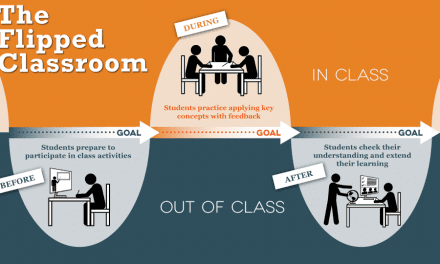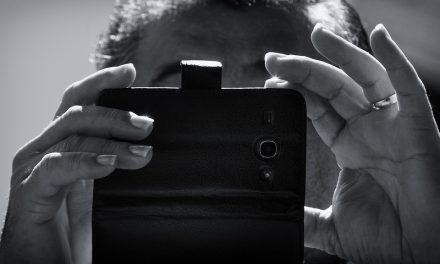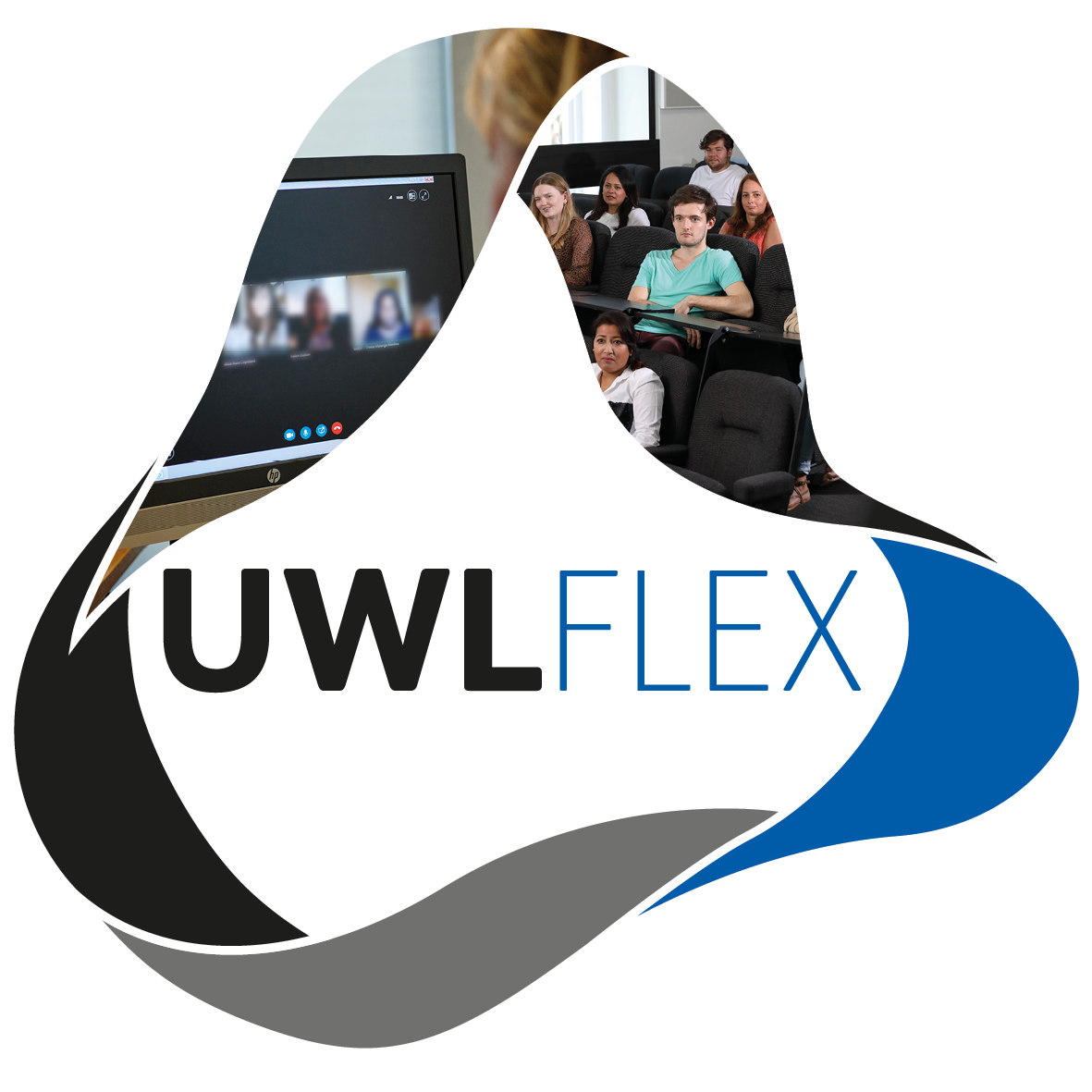Today we met for Coffee Break TIPs to discuss the flipped classroom. After a slight double-booking related hiccup (apologies to anyone who didn’t manage to find us!), we had a productive discussion about the philosophy behind and methods used in the flipped classroom scenarios.
The “flipped” classroom is based on a reversal of the traditional class setup: “students acquire basic content outside of class, and then work together in class on application-oriented activities“. In other words, most of knowledge transfer activity is pushed outside of class, whereas class time – the most valuable time students have with lecturers – is spent on understanding and application of this knowledge.
The flipped classroom approach is grounded in the student-centred learning theories such as active learning and problem-based learning. It is based on the belief that learning is the most effective if it occurs through interaction and collaboration in peer groups with the teacher being a facilitator: a ‘guide on the side’ rather than a ‘sage on the stage’.
Various techniques have been developed to put the flipped classroom approach into practice. In general terms, students should receive the knowledge they need to participate in class by completing pre-class activities, which may consist of reading, watching videos, listening to podcasts, researching, solving quizzes etc., and then work on applying this knowledge in class through group work on case studies and other problem-solving activities.
Two techniques commonly associated with flipped classroom are just-in-time teaching and peer-instruction. Turn To Your Neighbor – The Official Peer Instruction blog is a great place to start exploring both concepts. This video shot in a classroom of the renowned educator Eric Mazur shows both techniques in practice. (If you have more time, Mazur’s Confessions of a Converted Lecturer is an excellent talk on innovative teaching methods.)
Another ‘flipped’ technique is Team-Based Learning. Developed by Larry K. Michaelsen in 1970s, it is now widely adopted in a variety of HE contexts and disciplines. It is a structured technique where students do their pre-reading (and are intrinsically motivated to do so), test their own knowledge, confront their understanding with that of their peers, apply the knowledge in practice, and receive feedback on their contributions from their peers. This 12-minute video shows the technique in action.
Feel free to explore the flipped classroom and related concepts and contact us with any queries. We run workshops on this and other teaching solutions, so check out the INSTIL Eventbrite page for details.






